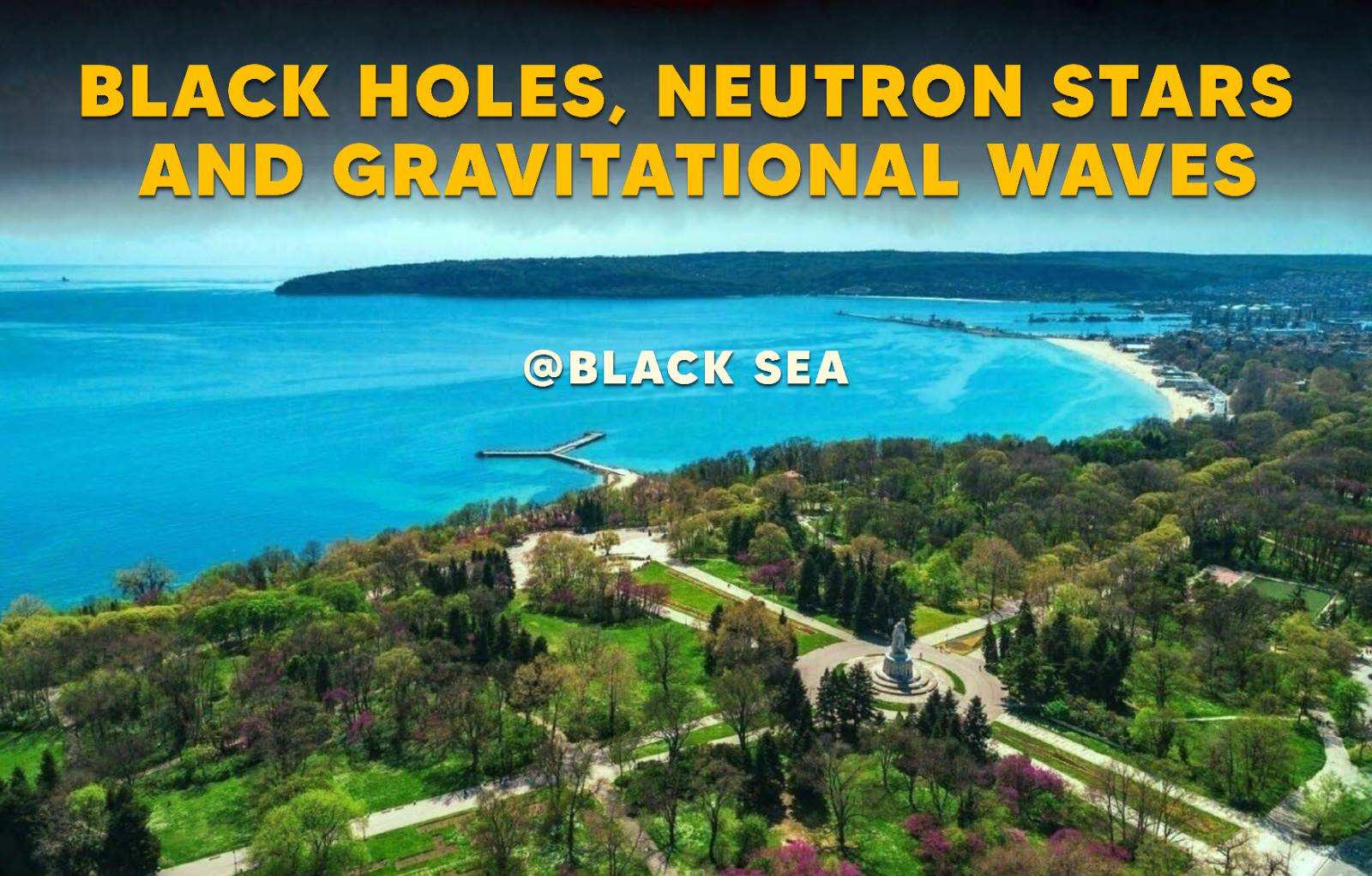Speaker
Description
Kaluza and Klein proposed a theory with a compactified extra dimension, which may appear in high-energy phenomena, such as nuclear reactions, strong gravitational effects, or in the presence of superdense matter. In this work, I show how astrophysical observables will be modified in the presence of extra compactified dimensions.
The interior of a compact star is modelled as a multidimensional interacting degenerate Fermi gas, embedded in a static, spherically symmetric spacetime with extra compactified spatial dimensions. The equation of state of this extreme medium is given and compared to the standard models of superdense matter. The modification of the mass-radius relation of compact stars is calculated and compared to realistic star models and astrophysical observation data. The interaction strength has been determined for this extraordinary matter. Constraints on the size of the extra dimension have been estimated based on pulsar measurements [1,2].
[1] A. Horváth, E. Forgács-Dajka, G.G. Barnaföldi: "Application of Kaluza-Klein Theory in Modeling Compact Stars: Exploring Extra Dimensions", MNRAS, https://doi.org/10.1093/mnras/stae2637
[2] A. Horváth, E. Forgács-Dajka, G.G. Barnaföldi: "The effect of multiple extra dimensions on the maximal mass of compact stars in Kaluza-Klein space-time", Accepted to International Journal of Modern Physics A, https://doi.org/10.1142/S0217751X25420047

